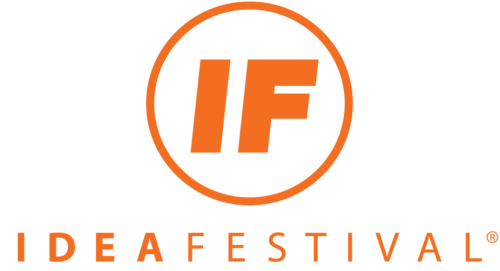 Does your organization make time to play or is it content to build playgrounds?
Does your organization make time to play or is it content to build playgrounds?
On his blog Sunday, facilitator Johnnie Moore made an important point about innovation that bears repeating. Moore uses the quote below from some slides annotated by designer Ian Fitzpatrick, who, speaking before the planning program at Boston University’s College of Communications, talks about playgrounds as idealized places for creativity and play, and then connects that to the professional practice of the audience members.
Ben Durrell, who’s now with Artists for Humanity, but spent years heading up exhibit and experience design at the Boston Children’s Museum, gave a talk at this year’s Planning-ness summit in which he asked people to draw the place they played as children. He later related that almost no one draws pictures of playgrounds.
Playgrounds are adult constructs of idealized child play: safe, repeatable, easily constructed from component parts, requiring that the child bring little of their own to the experience — these are my words, not Ben’s. They serve a parental need, clearly — give the children a place to play outside, in clean air — but they’re not designed purely for children, who often prefer a made up game in an open field.
I bring this up because I think that we, as marketers and advertisers, build a lot of playgrounds. We bandy about references to ‘user-centrism’, but frequently we find ourselves in the business of creating safe, repeatable, componentized experiences designed largely to bathe people in brand juice. I think we can do better.
I was struck by the idea that the playgrounds one might encounter in parks are necessarily an adult project, and secondly, by Fitzpatrick's connection of that idealized result to the real world practice of marketing and communications. Like the building of playgrounds, marketing is much too often backward looking. Unlike play, which has no preferred outcome and may with enough time reveal something extraordinary, marketing too often prefers "safe, repeatable, componentized experiences" - as, sadly, do many of the clients creative agencies serve.
Elsewhere Fitzpatrick asks his audience to seek out experiences, which is another way of saying get out of your head, and about building practices of curiosity (I loved that idea!), one of which he labels "falling in love with people." He contrasts that "humanistic" idea with "systemic" thinking.
To practice curiosity is to, necessarily, seek out the messy (and occasionally amorphous) perspectives of others. To be great at planning, or I’d posit at any pursuit charged with shaping things for people, requires both that we embrace and develop a profound respect for people who are not like us....
As an aside: when you’re getting to know the people for whom you’re designing and making things, avoid the temptation to derive truth from the most charismatic among them.
Fitzpatrick has made his slides available on Slideshare.
Make the IdeaFestival part of your practice of curiosity. Plan to attend IdeaFestival 2014, Sept. 30 - Oct. 3. And take the feed so that you never miss a blog post again.
Stay curious!
Wayne
